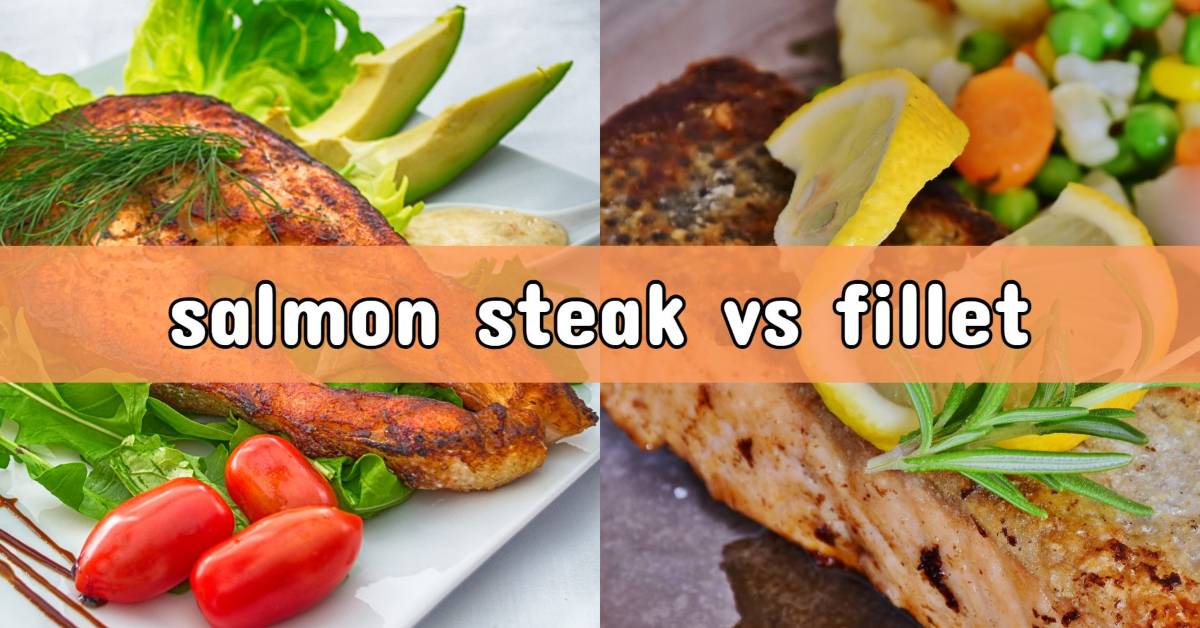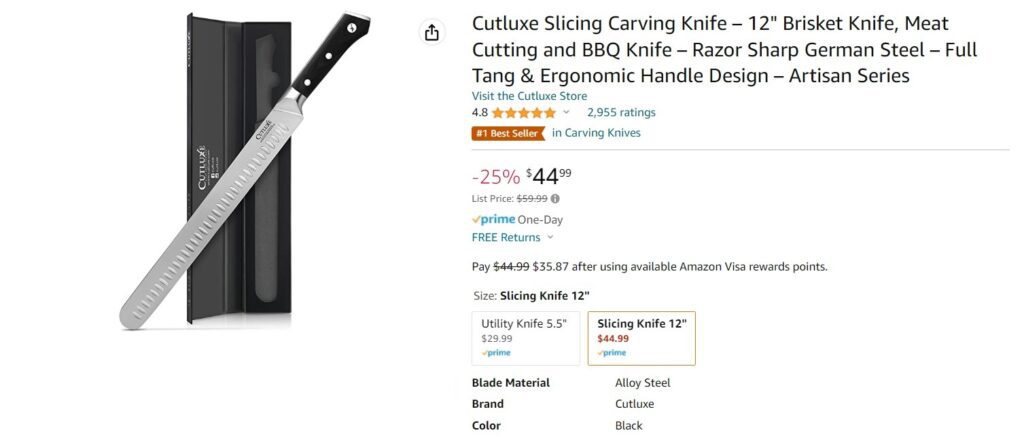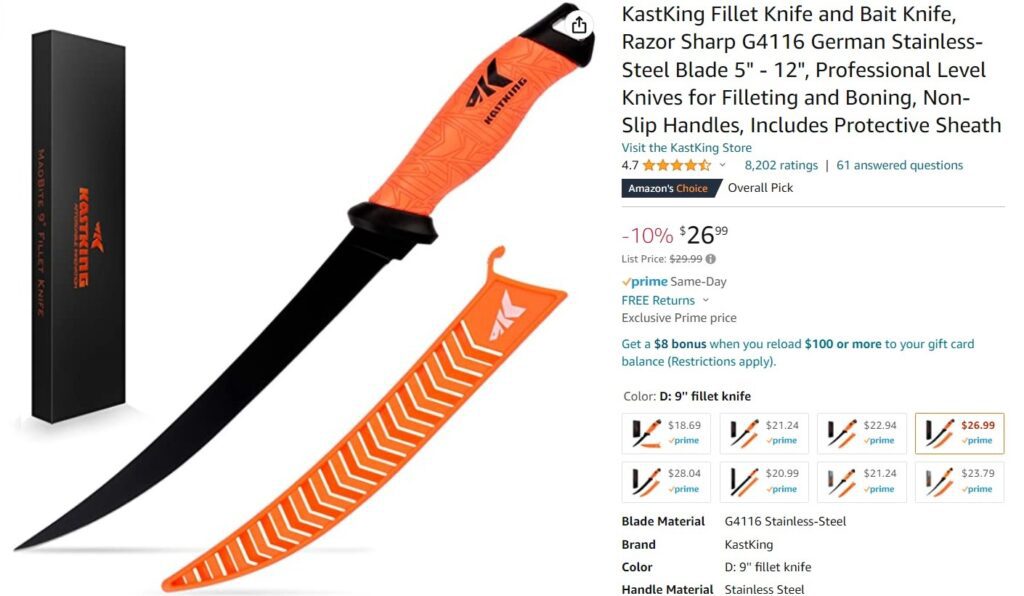Salmon, with its delicate flavor and rich nutritional profile, is a popular choice among seafood enthusiasts. When it comes to enjoying this delectable fish, there are an infinite number of ways that it can be prepared. Many of the most popular common options begin with either salmon steaks or salmon fillets.
Each variation offers a unique culinary experience, and understanding the differences can help you make the best choice for your tastes. In this article, we’ll explore the characteristics of salmon steaks and fillets, highlighting their flavor, texture, cooking methods, and nutritional benefits.
What Are Salmon Steaks?
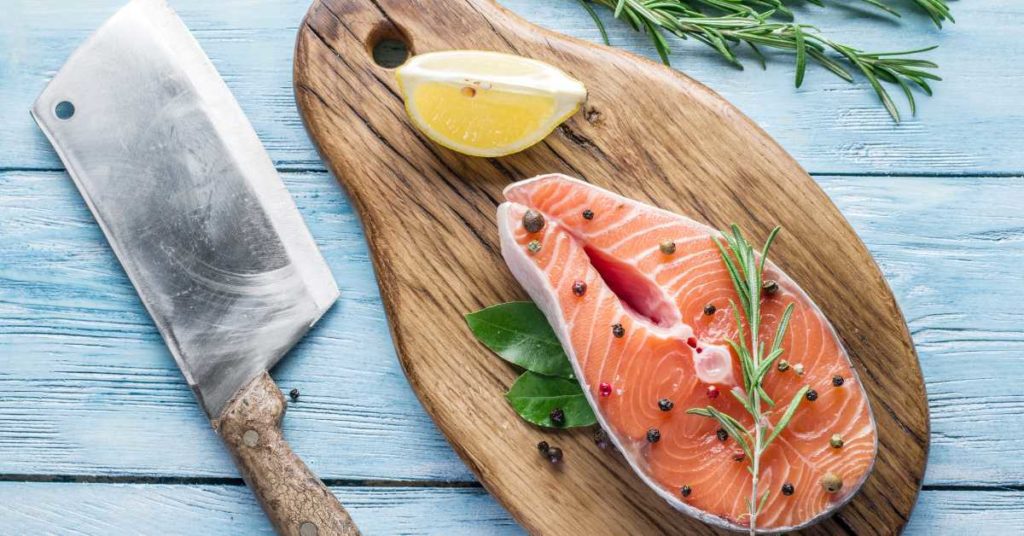
Salmon steaks are cross-section cuts taken from the fish, including the backbone. They offer a distinct appearance and have a few notable qualities:
- Taste and Texture: Salmon steaks often have a more robust flavor compared to fillets, thanks to the presence of bones and the higher fat content found along the center bone. This additional fat enhances the richness of the meat, resulting in a fuller, more intense taste. The texture can be slightly firmer and meatier due to the muscle fibers surrounding the bone.
- Cooking Methods: Due to their sturdy structure, salmon steaks are well-suited for grilling, broiling, or pan-searing. The bone acts as a heat conductor, helping distribute heat evenly and keeping the meat moist and tender. Additionally, the skin present on the steak provides a protective layer during cooking, further preserving its juiciness.
- Nutritional Benefits: Salmon steaks are packed with omega-3 fatty acids, high-quality protein, and essential vitamins and minerals. The higher fat content in the steak contributes to a greater omega-3 concentration, offering potential cardiovascular and anti-inflammatory benefits.
What Are Salmon Fillets?
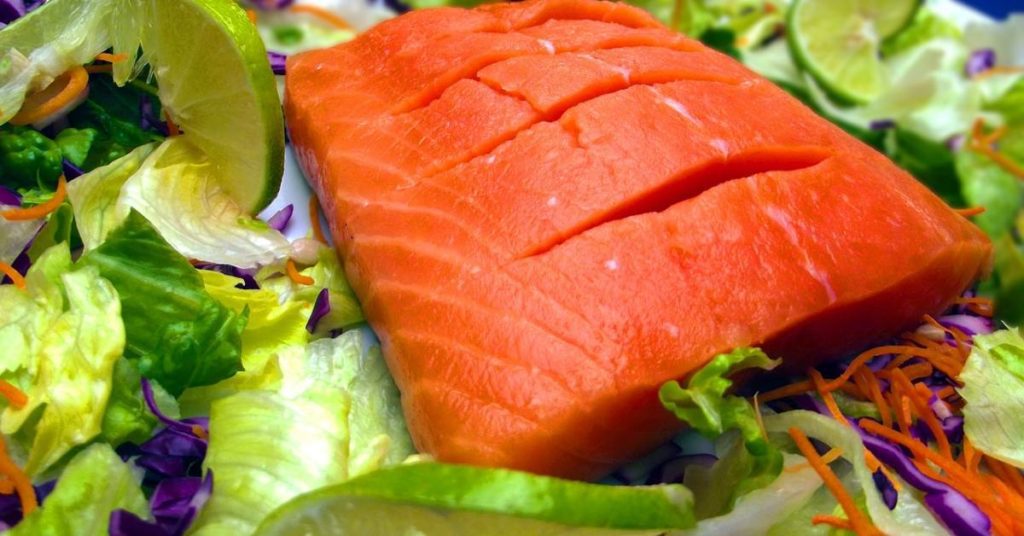
Salmon fillets are boneless cuts obtained by removing the backbone and cutting along the length of the fish. Here are the key aspects to consider:
- Taste and Texture: Salmon fillets have a milder, buttery flavor compared to steaks, as they lack the bone and the concentrated fat along the center. The texture is often flakier and more tender, making them a preferred choice for those who enjoy a delicate mouthfeel.
- Cooking Methods: Fillets are versatile and lend themselves well to various cooking methods, including baking, grilling, sautéing, or poaching. Their boneless nature allows for quick and uniform cooking, making them an excellent option for those seeking convenience.
- Nutritional Benefits: Salmon fillets also provide a healthy dose of omega-3 fatty acids, along with essential nutrients like vitamin D, vitamin B12, and selenium. The lower fat content in fillets makes them a lighter option while still offering the nutritional advantages associated with salmon consumption.
While fillets are a more popular cut of fish, many professional chefs prefer the look and flavor of salmon steaks. They are simpler to cook and stay moist thanks to the skin and bones.
Cutting Salmon for Steaks and Fillets
Preparing and cleaning salmon for cooking involves specific techniques to obtain either steaks or fillets. Here’s a guide on how to cut the fish for each option:
How To Cut Salmon Steaks
Step 1: Start with a whole salmon and place it on a clean cutting board, skin-side down.
Step 2: Using a sharp knife, make perpendicular cuts across the fish, about 1 to 1.5 inches thick, depending on your preference.
Step 3: Continue cutting until you have achieved the desired number of salmon steaks.
Step 4: Each steak will include a section of the backbone. If you prefer boneless steaks, you can carefully cut around the bone in a circular cut (or just purchase boneless salmon steaks from a fishmonger).
Here is a recommended knife for cutting salmon steaks:
Check PricingHow To Cut Salmon Fillets
Step 1: Start with a whole salmon and place it on a clean cutting board, skin-side down.
Step 2: Using a sharp knife, make a lengthwise cut along the side of the fish, just above the backbone, starting from the tail end towards the head.
Step 3: Continue cutting along the length of the fish, gently separating the fillet from the backbone.
Step 4: Once the fillet is separated, remove any remaining bones using tweezers or fishbone pliers. You can then remove the skin from the salmon if you prefer (healthier), or leave it on (tastier).
Step 5: Repeat the process on the other side of the fish to obtain another fillet.
Here is a recommended knife for cutting salmon fillets:
Check Pricing*Remember, when handling raw salmon, it’s crucial to practice proper hygiene and ensure your cutting tools are clean and sharp to achieve clean cuts.
By following these instructions, you’ll be able to create salmon steaks or fillets suitable for your preferred cooking method, allowing you to enjoy the distinct qualities and flavors of each cut.
Delicious Recipes for Salmon Steaks and Fillets
Salmon steaks and fillets offer unique cooking experiences, and exploring different recipes can enhance your enjoyment of this flavorful fish. Here’s a mouthwatering recipe for each cut:
Recipe for Salmon Steaks: Grilled Teriyaki Salmon Steaks
Ingredients:
- 4 salmon steaks
- ¼ cup soy sauce
- 2 tablespoons honey
- 2 tablespoons rice vinegar
- 1 tablespoon sesame oil
- 2 cloves garlic, minced
- 1 teaspoon grated fresh ginger
- 2 green onions, thinly sliced (for garnish)
- Sesame seeds (for garnish)
Instructions:
- Preheat the grill to medium-high heat.
- In a small bowl, whisk together soy sauce, honey, rice vinegar, sesame oil, minced garlic, and grated ginger to make the teriyaki marinade.
- Place the salmon steaks in a shallow dish and pour the teriyaki marinade over them. Ensure the steaks are evenly coated. Let them marinate for about 20-30 minutes at room temperature.
- Remove the salmon steaks from the marinade and place them on the preheated grill. Reserve the marinade for basting.
- Grill the salmon steaks for approximately 4-5 minutes per side, or until the fish is cooked through and easily flakes with a fork. While grilling, baste the steaks with the reserved marinade.
- Once done, remove the salmon steaks from the grill and transfer them to a serving platter. Garnish with thinly sliced green onions and a sprinkle of sesame seeds.
- Serve the grilled teriyaki salmon steaks hot and enjoy their succulent flavors.
Recipe for Salmon Fillets: Baked Lemon Herb Salmon Fillets
Ingredients:
- 4 salmon fillets
- 2 lemons, sliced
- 2 tablespoons melted butter
- 2 tablespoons fresh lemon juice
- 2 cloves garlic, minced
- 1 tablespoon chopped fresh dill (or 1 teaspoon dried dill)
- Salt and black pepper, to taste
- Fresh parsley (for garnish)
Instructions:
- Preheat the oven to 375°F (190°C) and line a baking sheet with parchment paper.
- Place the salmon fillets on the prepared baking sheet. Season both sides with salt and black pepper.
- In a small bowl, whisk together melted butter, lemon juice, minced garlic, and chopped dill to create a herb sauce.
- Drizzle the herb sauce over the salmon fillets, ensuring they are evenly coated. Place a few lemon slices on top of each fillet.
- Bake the salmon in the preheated oven for about 12-15 minutes, or until the fish is cooked through and flakes easily.
- Once done, remove the baked salmon fillets from the oven and transfer them to a serving dish. Garnish with fresh parsley.
- Serve the lemon herb salmon fillets warm, accompanied by your favorite side dishes, such as steamed vegetables or roasted potatoes.
These salmon recipes highlight the distinct characteristics of salmon steaks and fillets, providing a delightful culinary experience.
Whether you prefer the robust flavors of grilled teriyaki salmon steaks or the delicate, herb-infused taste of baked lemon herb salmon fillets, these recipes are sure to please your taste buds. And remember that it’s fine to freeze salmon leftovers and then reheat the salmon at a later date.
Enjoy the versatility and deliciousness of salmon in these delectable dishes!
Salmon Steak vs Fillet: Frequently Asked Questions (FAQs)
Are salmon steaks more expensive than fillets?
The cost of salmon steaks and fillets can vary depending on factors such as the salmon species, quality, and market availability. In general, salmon steaks may be slightly more expensive due to their higher fat content and the inclusion of the backbone.
Can I remove the bones from salmon steaks?
Yes, it is possible to remove the bones from salmon steaks. You can do this by carefully filleting the meat off the bone or by purchasing boneless salmon steaks if available.
Which option is better for grilling, salmon steaks, or fillets?
Both salmon steaks and fillets can be grilled successfully. However, salmon steaks’ firmer texture and bone-in nature make them ideal for grilling, as they can withstand direct heat and retain moisture better.
Which option is more suitable for those watching their calorie intake?
Salmon fillets generally have a lower fat content compared to steaks, making them a better choice for individuals monitoring their calorie intake.
Salmon Steak vs Fillet – Which Is Best?
Whether you choose salmon steaks or fillets ultimately depends on your personal preferences and cooking style. Salmon steaks offer a bolder flavor and meatier texture, while fillets provide a milder taste and flakier texture. Both options are rich in omega-3 fatty acids and offer an array of nutritional benefits.
So, whether you’re grilling, baking, or pan-searing, rest assured that both salmon steaks and fillets are delicious and healthy choices to savor the flavors of this remarkable and versatile fish.

